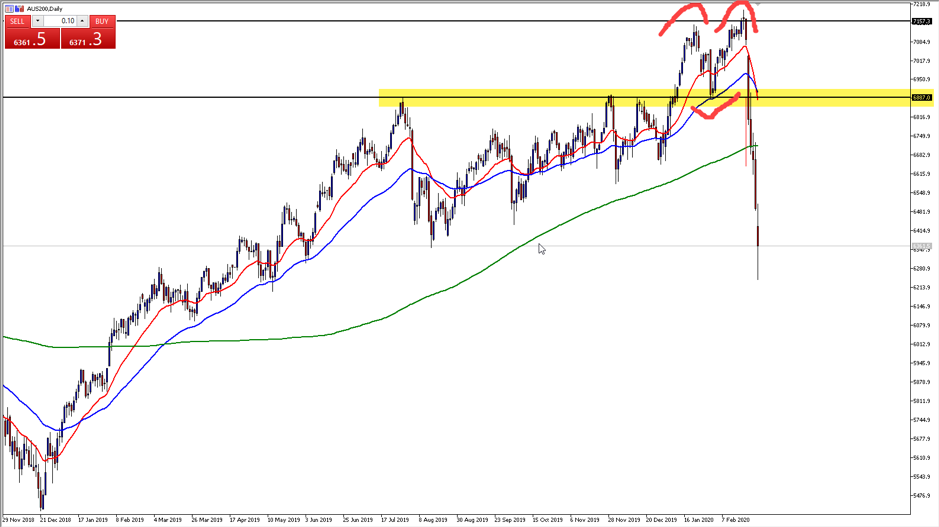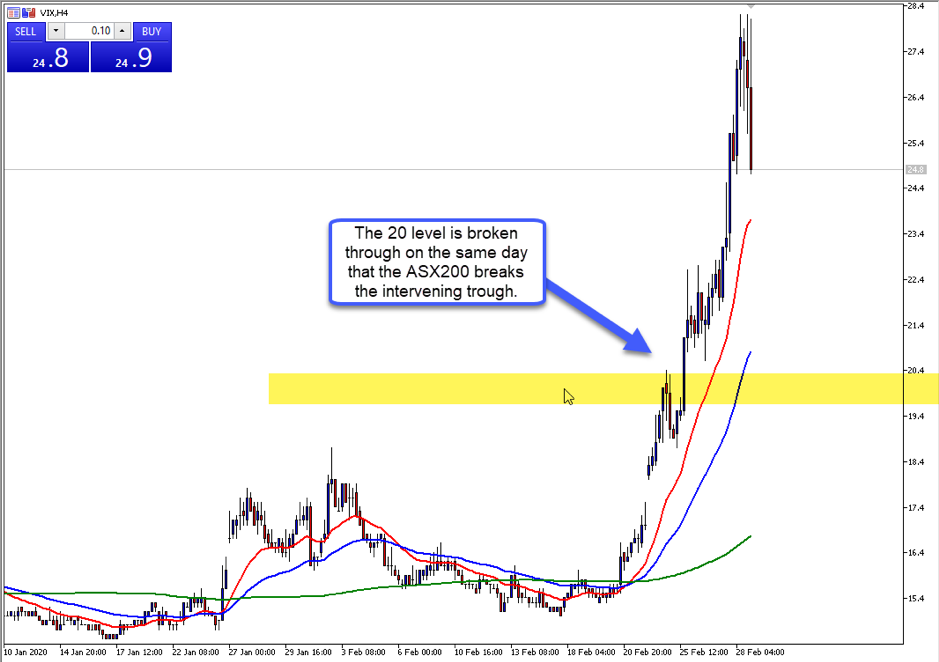- English
- عربي
What is CFD trading?
Contracts for difference (CFD) are essentially an agreement or contract between a trader and a CFD broker. A CFD is a tradeable financial instrument that is priced to mirror that of the underlying asset, allowing for profit or loss to be realised when the underlying asset’s price moves in relation to the open position. CFDs provide the ability for investors to protect against adverse market price movements or limit the possibility of losing money. This is achieved by opening quickly executed positions that can act as a hedge against other trades such as a large portfolio of corresponding market stocks.
Hedging portfolio risk using indices, such as the ASX 200
CFDs are one of the most common derivatives used to hedge risk. CFDs act as a great low cost, liquid trading instrument. When considering a hedge, traders may be looking at locking in the value of a share portfolio at a specific point in time. As an example, if a trader holds a share portfolio that trades similarly to the ASX 200, by selling ASX 200 CFDs, traders could lock in the value of a portfolio at that particular point in time.
If the index falls after the CFD is sold, the stock portfolio will also fall but the losses experienced by your share portfolio will be offset by the profit that is generated by the index CFD position. On the other hand, if the index rises, both the stock portfolio and the CFD position will also increase. The increase in the value of the shares will now offset the losses accumulated by the CFD transaction.
The ASX 200 index double top pattern that led to the fall

The chart above displays a double top technical pattern formed between the highs reached in January and February of 2020. The corresponding intervening trough at the highlighted area of 6887 was broken early Monday 24 February. This technical signal generally signifies the end of an uptrend and the beginning of a new downtrend, often acting as a lead indicator of a market selloff.
The benefits of trading index CFDs
Some of the benefits of using index CFDs as a hedge to a share portfolio are:
- Immediate execution and confirmation of a trade being entered
- A highly liquid trading instrument
- Lower transaction fees than those incurred when buying or selling an entire basket of shares that form part of the index.
One of the key benefits of trading index CFDs is that it provides traders the ability to easily short an index if they believe a market is set to fall. This is simply achieved by entering a short position and having no corresponding long position or long share investments.
What are the risks of trading index CFDs?
A risk in trading index CFDs to hedge a share portfolio is that the potential for losses could be magnified using leverage, if the allocation of the position sizing is incorrect. Also, when considering hedging a stock portfolio, the hedge of the index may not be perfectly matched to the current portfolio holdings.
The volatility index (VIX) closes above 20

The chart above displays a higher high on the VIX 4hr chart (highlighted in yellow), exposing the VIX to a break above the 20 level and further increased volatility of the corresponding indices. This break happened at the same time the ASX 200 futures closed below the intervening trough. Often the VIX index can be used as a form of technical cross analysis to help better understand the price movements of the markets.
CFDs and hedging
Hedging a stock portfolio using index CFDs can be a cost-effective way of quickly entering a position to potentially lock a portfolio price at a specific point in time. However, it is important to consider the size of a portfolio and whether it moves similarly to the corresponding CFD index before placing a trade. Hedging should not be used as a substitute for a good trading plan, but as a tool to help navigate future price movements.
Ready to trade?
It's quick and easy to get started. Apply in minutes with our simple application process.
The material provided here has not been prepared in accordance with legal requirements designed to promote the independence of investment research and as such is considered to be a marketing communication. Whilst it is not subject to any prohibition on dealing ahead of the dissemination of investment research we will not seek to take any advantage before providing it to our clients. Pepperstone doesn’t represent that the material provided here is accurate, current or complete, and therefore shouldn’t be relied upon as such. The information, whether from a third party or not, isn’t to be considered as a recommendation; or an offer to buy or sell; or the solicitation of an offer to buy or sell any security, financial product or instrument; or to participate in any particular trading strategy. It does not take into account readers’ financial situation or investment objectives. We advise any readers of this content to seek their own advice. Without the approval of Pepperstone, reproduction or redistribution of this information isn’t permitted.
